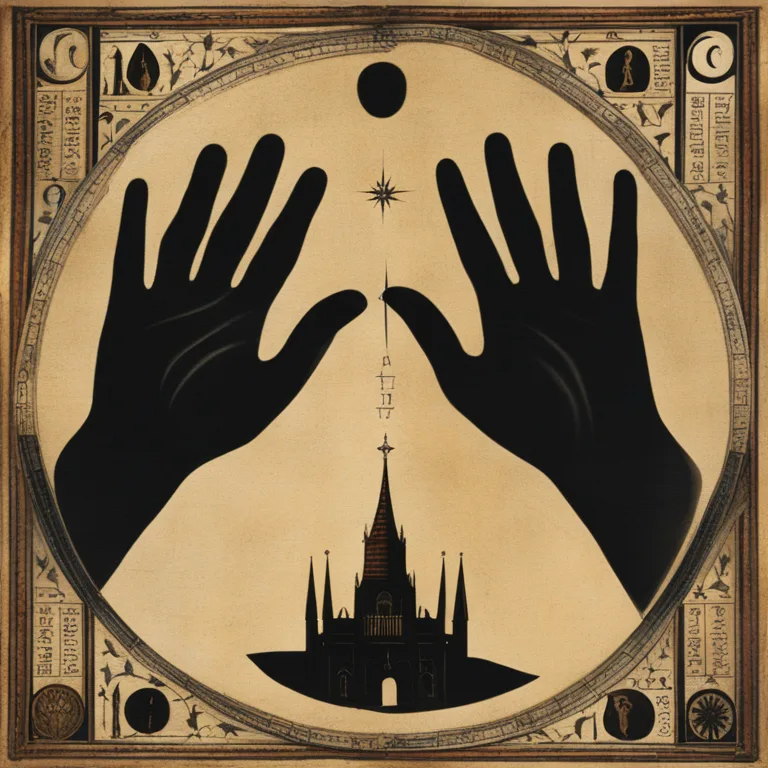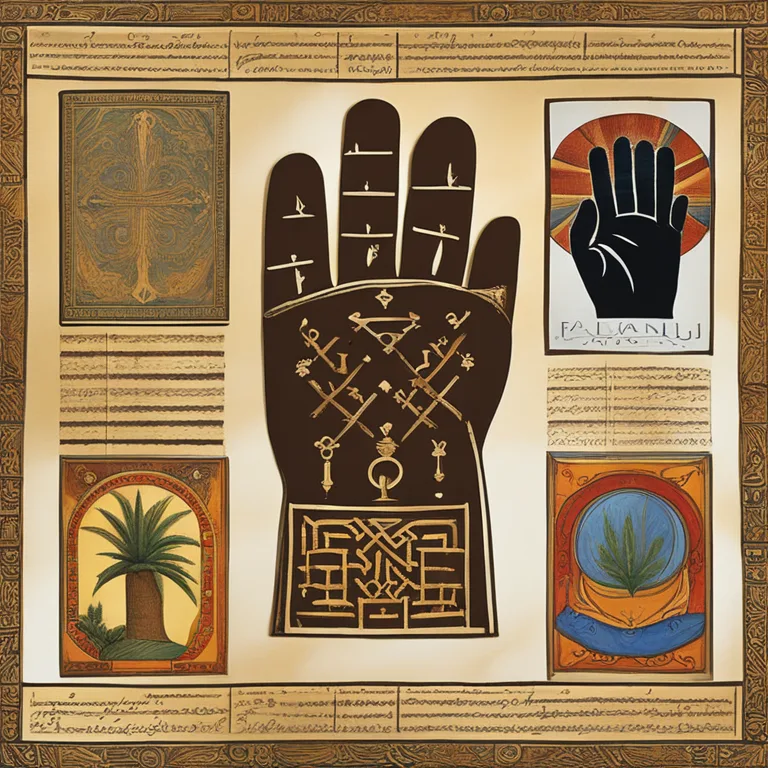
The Roots of Palmistry Unlocked: A Journey Through Time
Trace the intricate history of palmistry from its origins in ancient civilizations to the modern-day practice through this enlightening article.
article by Nora Pennington
The Ancient Beginnings
Palmistry, or chiromancy, is an age-old practice that has fascinated humans for thousands of years. Long before it became a subject of interest in the modern world, ancient cultures were studying the intricate lines of the palm to decipher an individual's character and fate. Known to have been practiced in regions like India, China, Tibet, Persia, and Babylonia, palmistry's origins are enshrouded in the mists of time. It's believed to have begun as far back as 3,000 BC or earlier, rooted in Hindu astrology with references found in the Chinese I Ching.

Cross-Cultural Expansion
Throughout history, palmistry's allure has spread across continents and cultures. The practice was adopted and adapted by the Greeks and Romans, with notable philosophers like Anaxagoras and Aristotle examining the lines on hands to draw connections between physical features and psychological traits. Aristotle's work on the subject was allegedly taught to Alexander the Great, who used palmistry to gauge the personality of his officers. This proliferation of palmistry highlights its importance in the cross-cultural exchange of knowledge and practices related to human psychology and future casting.

The Middle Ages and Palmistry
As the Middle Ages unfolded, palmistry’s fortunes wavered under religious scrutiny in Europe. The Catholic Church stigmatized chiromancy, aligning it with witchcraft and heresy. Despite this, palmistry survived through secrecy and the commitment of its practitioners. It wasn't until the Renaissance that palmistry would re-emerge as a respected art. Literary works from the period, such as Desbarrolles’s "Chirognomie," helped reinstate its intellectual credibility.

The Evolution into Modernity
The 19th century marked a pivotal point in palmistry's history. Figures such as Captain Casimir Stanislas D'Arpentigny and William John Warner, also known as Cheiro, were instrumental in developing and popularizing the modern techniques of palm reading. Cheiro's clientele included famous personalities like Mark Twain and Thomas Edison, bringing notoriety to the practice. His works bridged the mystical aspect of palmistry with an empirical approach, presaging today’s more psychological and character-driven interpretations.

Palmistry in the Digital Era
With the advent of the digital age and growing interest in new-age practices, palmistry has found its space on the internet. Online palmistry platforms, interactive hand-reading apps, and forums dedicated to chiromantic studies are widely available, bringing together enthusiasts and professionals from around the globe. This digital transformation ensures that the knowledge and practice of palmistry stays relevant and evolves with time, reaching a new generation eager to delve into its symbolic language.
Contemporary Palmistry Perspectives
Today, palmistry is often seen through the lens of self-understanding and personal development. While some practitioners maintain traditional approaches, others integrate psychological principles, using the lines of the hand as a tool for reflection and growth. The practice continues to fascinate and provide valuable insights for those seeking knowledge about their life path, character traits, and potential capabilities, ensuring its continued relevance in the world of esoteric sciences.
Published: 1/3/2024
Modified: 1/3/2024
More predictions
Come back here soon to learn more about yourself and your future


The Art Of Palmistry Revealed
Discover the intriguing facets of palmistry and learn how the lines on your palm can offer insights into your life journey and personality.


Palmistry Insights
Delve into the lines of your hands with our comprehensive guide to palmistry and discover what your palms may reveal about your life's path, personality, and future.


The Secrets Of Palmistry Revealed
Delve into the ancient art of palmistry and learn to read the stories etched in the lines of your hands.